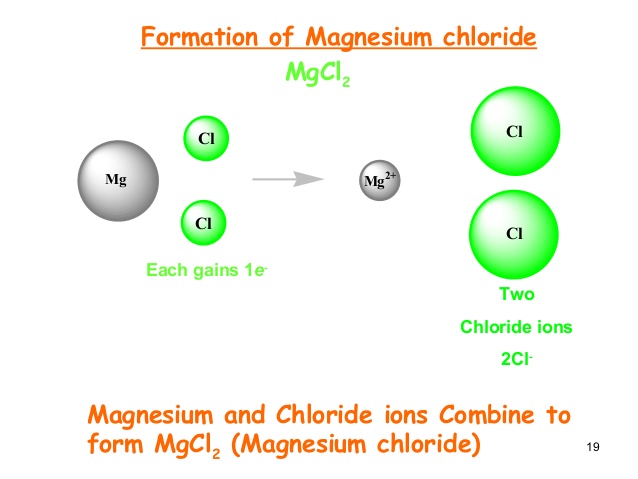For starters, you know that you're dealing with a reaction between a metal, i.e. the element located in group #2#, and a nonmetal, i.e. the element located in group #17#, so you can say that you will end up with an ionic compound.
Now, an element located in group #2# has #2# valence electrons, which implies that it can complete its octet by losing the #2# valence electrons. When that happens, the atom will become a positively charged ion, or cation, and it will carry a #2+# charge.
On the other hand, an element located in group #17# has #7# valence electrons, which implies that it can complete its octet by gaining #1# electron. When that happens, the atom will become a negatively charged ion, or anion, and it will carry a #1-# charge.
As you know, ionic compounds are electrically neutral. This tells you that the overall positive charge coming from the cations must be balanced by the overall negative charge coming from the anions.
In this case, the cation carries a #2+# charge, so you will need two anions to balance its charge because each anion carries a #1-# charge.
You can thus say that an atom located in group #2# will react with two atoms located in group #17#.
Take, for example, the formation of magnesium chloride, #"MgCl"_2#, from the reaction between magnesium metal and chlorine gas.
 )
)
The atom of magnesium reacts with the two atoms of chlorine. The reaction produces a magnesium cation, #"Mg"^(2+)#, and two chloride anions, #"Cl"^(-)#, which are then bonded together by the electrostatic force of attraction #-># magnesium chloride is formed!
 )
) 
